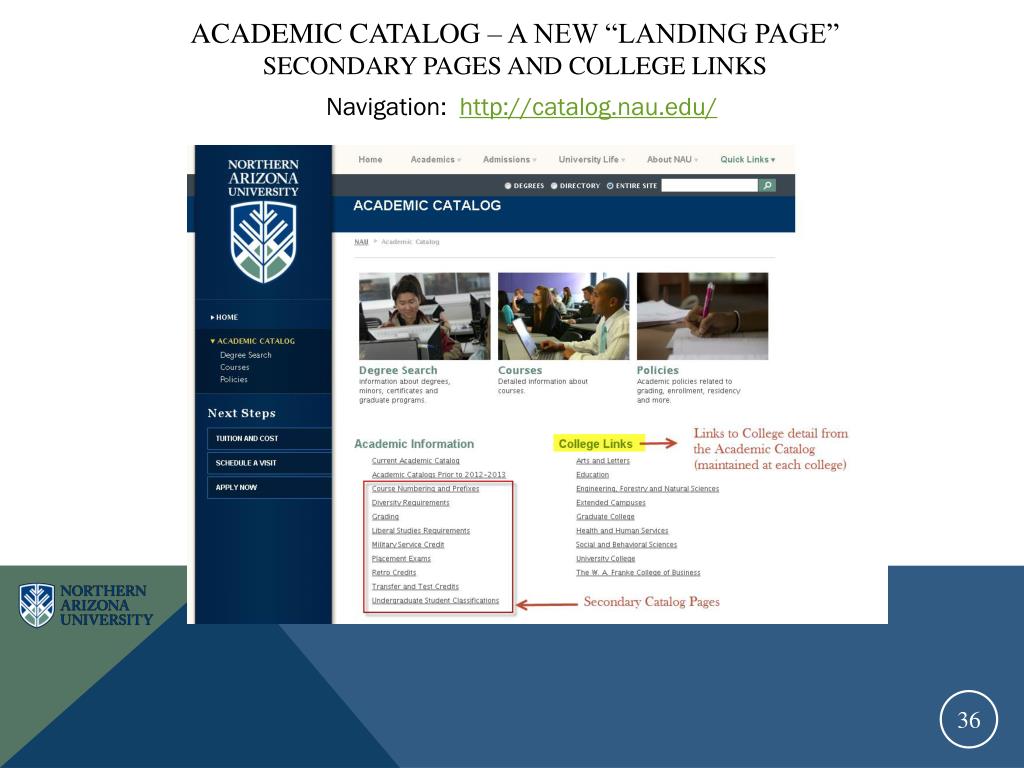

Let’s begin by considering the ‘Transfer’ function in its most minimal form, with only the mandatory fields included: Transfer( False, MenuName.SA_LEARNER_SERVICES, BarName.FINANCES,

Thirdly, even after crafting a perfect ‘Transfer’ statement, you might find some or all of your users lack the correct security for the target component. Secondly, some of the parameters are not what they seem at first glance. Firstly, the function allows for a large number of parameters, so it is easy to get the parameters in the wrong order, or miss out on one or more of the parameters entirely. The ‘Transfer’ function can be quite a challenge to get right, mainly due to three things. ‘Transfer’ on the other hand, works as a one-way street. The secondary component must be completed and dismissed before the user can resume working in the original component. This is used to open a secondary component in a modal window while still keeping the original component held in memory. Another similar function is ‘DoModalComponent’. The latter function is only used to transfer from one page to another within the same component. ‘Transfer’ should not be confused with the ‘TransferPage’ function. All control is passed to component B component A is closed completely.

The PeopleCode ‘Transfer’ function is used for transferring the user from component A to component B. PeopleCode | Immediately transfer the user from one component to the next


 0 kommentar(er)
0 kommentar(er)
